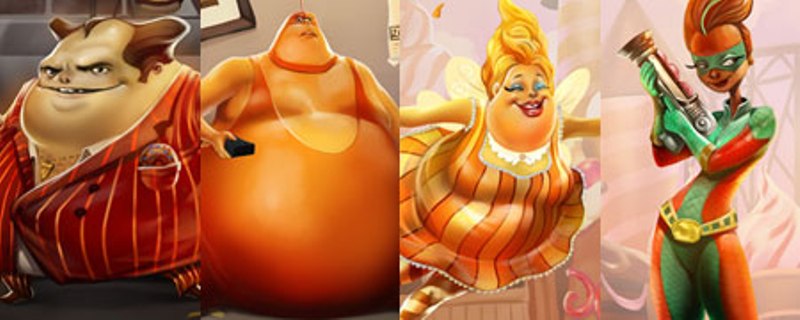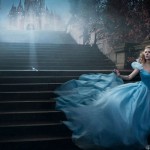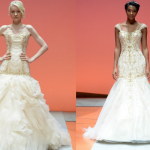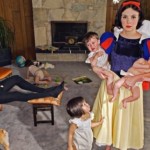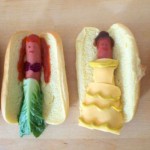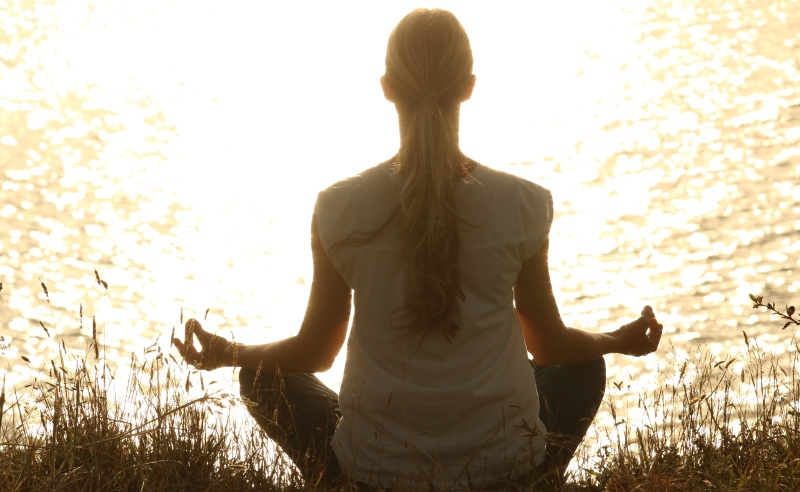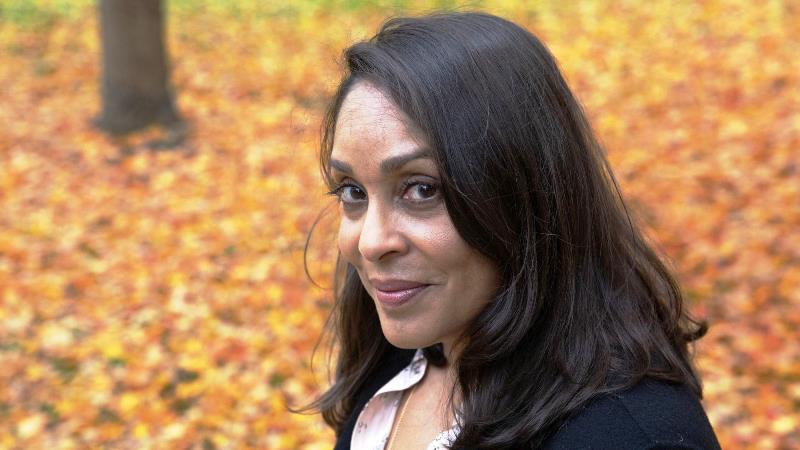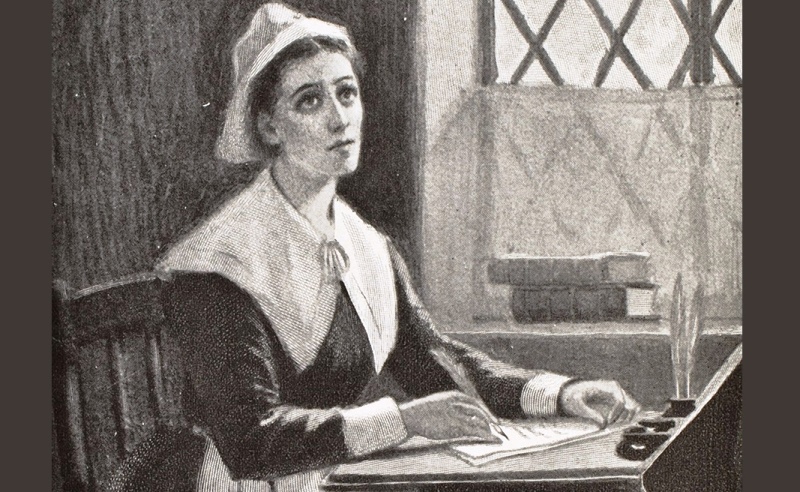As children (and even as adults) there is nothing we loved better than the Disney movies, which had the best animation, the best stories and adventures, and of course, the most ethereal, gorgeous looking princesses. Even though the first two things have remained consistently awe-inspiring, the third aspect- the way the princesses look- has become a topic of intense debate after children who grew up with Disney realized that they promote nothing but body-shaming.
Disney, despite being one of the most popular franchises of all time, globally, is not really a role model when it comes to promoting the right things. Perhaps body-shaming was excusable in 1950 when people were much less sensitive regarding other people’s feelings, but fat-shaming and body shaming have become issues very, very relevant in today’s world.
Suggested read: 10 awful love lessons Disney movies teach you
One might argue that there are a lot of films and other media which promotes rampant body shaming which is why there is no need to especially mention Disney and their movies. However, the problem lies in the fact that Disney movies are a favorite with children, and whatever children love, they try to imitate, imbibe and follow. If Disney movies are responsible for promoting body-shaming content, then it is not only regressive for the society at large, but also negatively influences the young and impressionable minds of the young. Here are the many ways in which Disney promotes gross body shaming, where I will explain not only how Disney promotes one of the unhealthiest social trends in modern times, but also try to explain the tenets and adverse effects of body shaming in general.
1. Villains are mostly overweight

Image source: Tumblr
One of the most striking features about some of the most noted and popular Disney movies is that the villains or the “bad-guys” in movies like The Little Mermaid or Robin Hood and even Alice in Wonderland all have one common feature- obesity. They are all overweight, with double chins and over-exaggerated curves. The problem with such representation lies in the fact that the moment I mention these words, they tend to make you feel uncomfortable and the image that comes into your mind is that of “ugliness”. This is because such representation, exposed to us right from childhood, have taught us to see fat and obesity and anything that is essentially not a size zero figure as an unpleasant element, which is far from the truth.
Even though some of the villains in Disney movies are thin and skinny, like Maleficent or the evil queen in Snow White and the Seven Dwarfs, it is made clear that they hold some important position of power, and that they carry themselves with dignity, which is not represented in characters who are overweight. They are mocked and ridiculed and the difference in size between the villain and the protagonist makes one wonder at the motives Disney is trying to promote.
2. Unrealistic representation of the female body
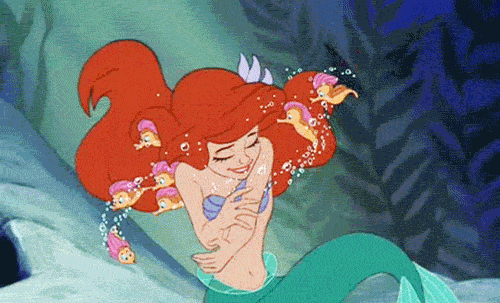
Image source: Tumblr
This is perhaps one of the most evident instances of body shaming by Disney in almost all its movies and representations. Disney has created some super popular movies, some of them being Frozen, Pocahontas, Aladdin, Sleeping Beauty, The Little Mermaid, and many more. Even though they deal with a lot of different adventures and stories, there is one thing that has always bothered me about the way the princesses, and even the princesses tend to look, in animation.
Amongst other things, what characterizes Disney princesses are- minuscule waists, larger than normal eyes, high and long cheekbones, wrists which are non-existent and everything which a human being is not. Even though you might say that it is animation, and things that are larger than life are permissible in such mediums, it is also important to understand that figures like this influence kids and impressionable children to believe that they are inadequate when they see that they look nothing like their princesses. Indirectly, the message says- “Your eyes are not big enough, your waist can never be thin enough, your hair can never be perfect enough” and the like, an idea which is the point where all body shaming arguments originate from.
3. Recurrent themes of “ugliness”

Image source: perezhilton
Even though Disney movies have been moralistic right from the start, and pretty much all their movies have been about the prevalence of good over evil in the end no matter how hard the struggle is, there is another dichotomy that is established- that between the ugly and the beautiful. There are constant references to ugliness and what ugly people look like. Whether it is in Cinderella or in Beauty and the Beast or The Princess and the Frog, there is a particular body type with particular facial features which tell viewers that this character is ugly, etc. Not only is it judgmental on the part of the makers, but it also puts parents and children in a strange place, because if you notice, it is always the “ugly” people who look most human-like, in contrast with the non-human looking princesses who always prevail over the “uglies.”
4. The concept of good and evil is associated with physical traits

Image source: Tumblr
Body shaming is not limited to calling people fat and demeaning them for their weight, which is perfectly normal if they are comfortable with it. Body shaming also includes attaching certain traits and characteristics of personality to a particular kind of physical quality, like obesity in such movies is always associated with ridicule, failure, evil, etc. For example, in one of the most popular productions of Disney, namely Beauty and the Beast, the Beast is not only called a “beast”, but while he is in his animal like state, he is aggressive and dictatorial and borderline violent. However, all he needs in order to mellow down is a change of look which turns him into a handsome prince. In the same movie, when the said prince is getting married to Belle, there are three short, stout, blonde women, who are shown hankering after the prince and vying for his attention without success. Unsurprisingly, Disney chose to call them the “Bimbettes.”
On the contrary, Snow White, who is purer than anything that ever existed, is perfect physically as well, and so is every other “good” character ever represented in Disney movies. Whereas Ursula is a plotting, purple-color villainess, the little mermaid is exactly the opposite- “beautiful”, innocent and very literally, little.
5. Disney’s dolls and action figures

Image source: Tumblr
After the incredible success of the Disney produced animated film- Brave- critics were impressed with their attempts at representing a slightly realistic “princess” who rebels against the restrictions of her high birth and has wild, red hair and a freckled face. However, despite making a move in the right direction, Disney lapsed right back into its old body shaming tendencies when it released the official Merida action figures, which looked so vastly different from the actual animated character on screen, that it outraged parents and left children baffled and feeling unremarkable.
The dolls came out as glammed up versions of its on-screen representation, with Merida having tame, luscious locks, a fairer face, sultry, seductive eyes and again, an impossible figure, which wasn’t the case when the original movie was released. In fact, all the characters they released as action figures and dolls had the same modifications put into effect, which reinforced the idea that Disney indeed, was willing to encash on the body shaming trends in society.
6. Introduction of games like “Habit Heroes”
Habit Heroes was a game that was introduced in Epcot Theme Park, which caused massive outrage, which is a good thing, but the fact that it was created, promoted and encouraged by Disney meant that it was more bad news for all those who looked up to Disney, including me. The game entailed kids meeting and helping the heroes- Will Power and Callie Stenics- to defeat their enemies, namely “The Glutton,” “Snacker” and “Lead Bottom.”
The problem lay in the fact that all these “enemies” were a direct attack on kids who weren’t thin, and the representation of these “enemies” too resembled fat characters with distorted features. What ended up happening was that all the bullies who harassed such kids in school found new avenues of exercising their terror, and all the kids who had been on the receiving end of such bullying had their fears and insecurities reinstated, since the “enemies” in the game were made to look like them. The irony lay in the fact that even though the game apparently “fought” against feeding children junk and preventing them from becoming unhealthy, Disney had no qualms about stuffing them with sugar-laden products in various other parts of its theme park to “satiate their sweet tooth.”
Suggested read: Disney princesses, not so ‘good girls’ after all
7. Lack of representations of the disabled
The thing is, lack of representations is also a form of misrepresentation. Not only did Disney keep repeating its pre-set body type for the “perfect princess” even in contemporary movies like Frozen, it also successfully managed to not represent any form of disability or physical anomaly in any of its movies. Children with special needs are no different from other children, and they too are avid followers of Disney, which made them feel left out and invisible.
On top of being a body shaming hit machine, Disney also manages to successfully isolate its most dedicated audience- the children- from the unbelievable and derogatory content they produce by means of its body shaming.
Featured image source: Google, copyright-free image under Creative Commons License
